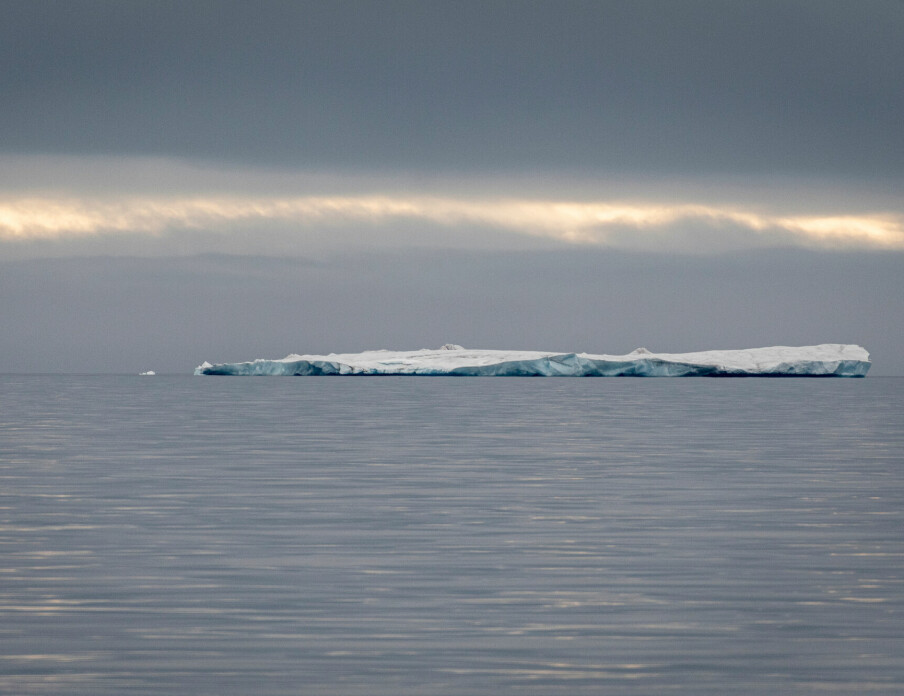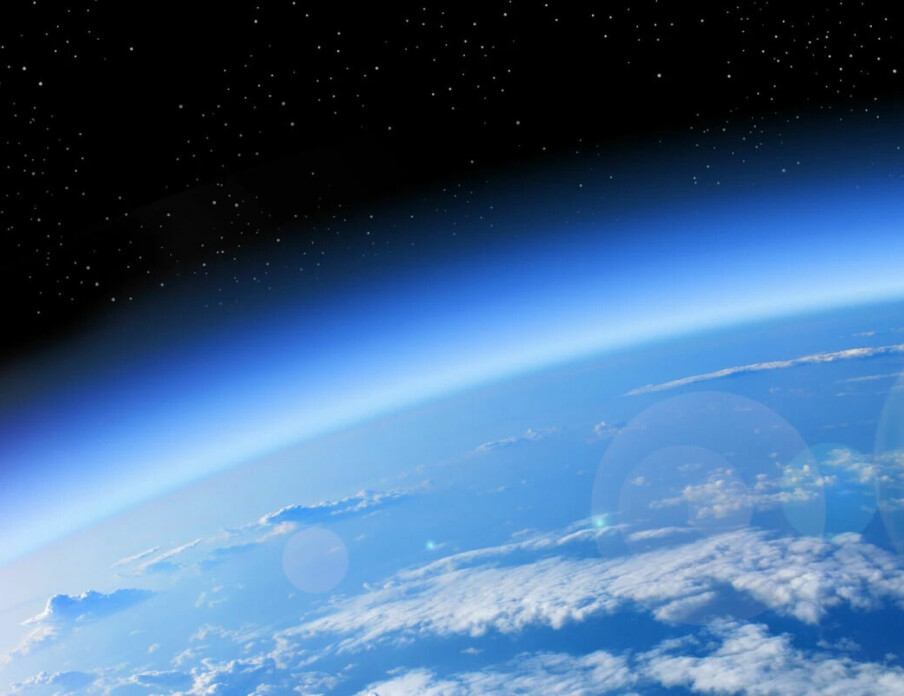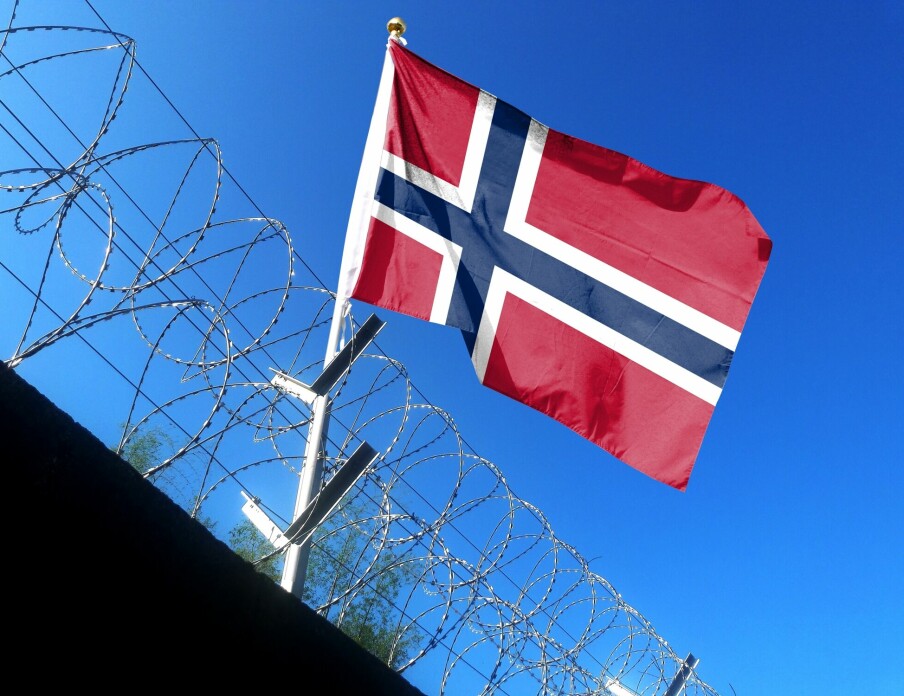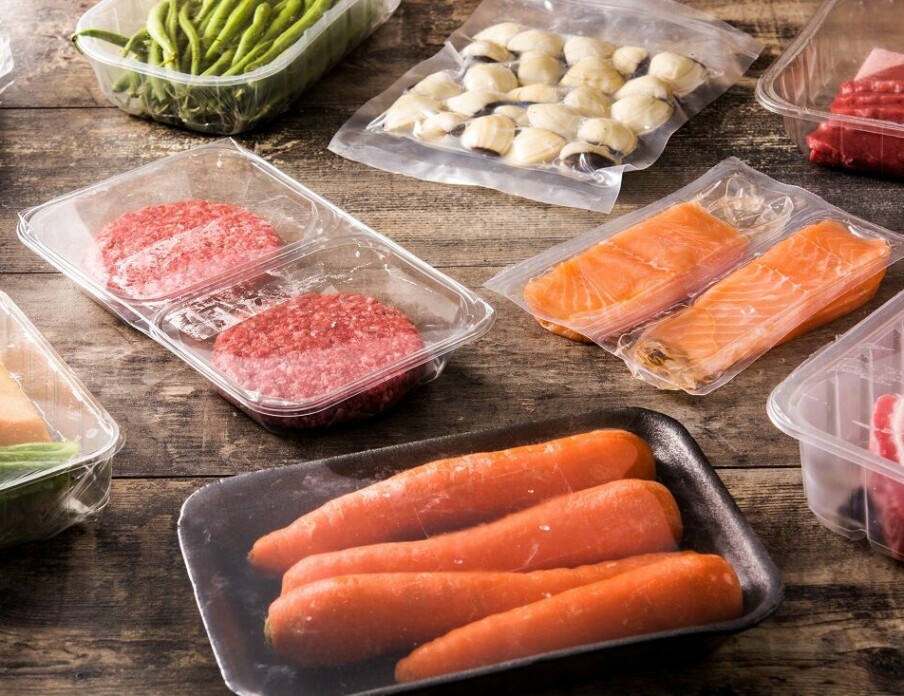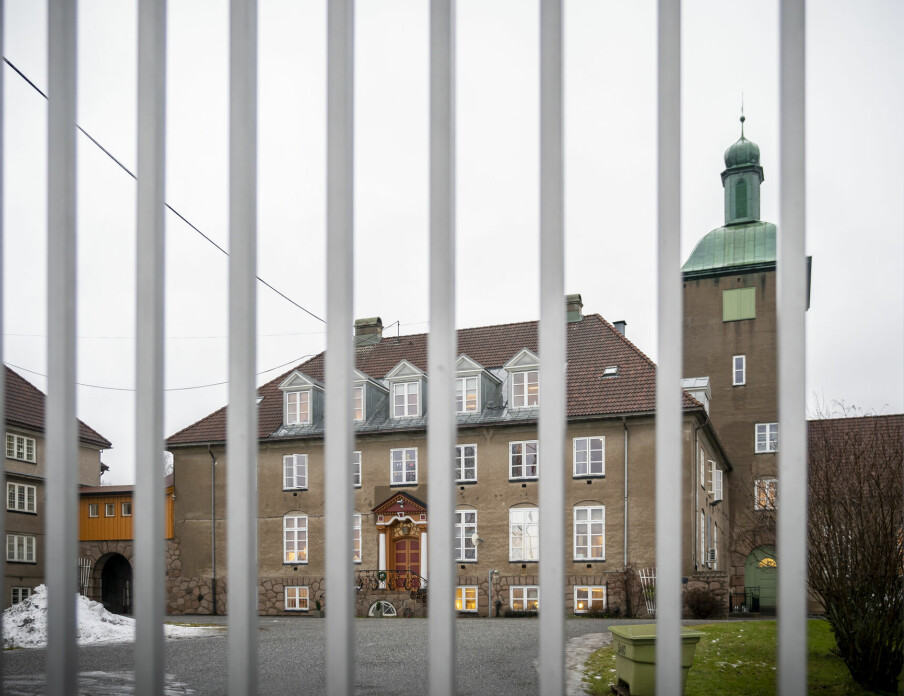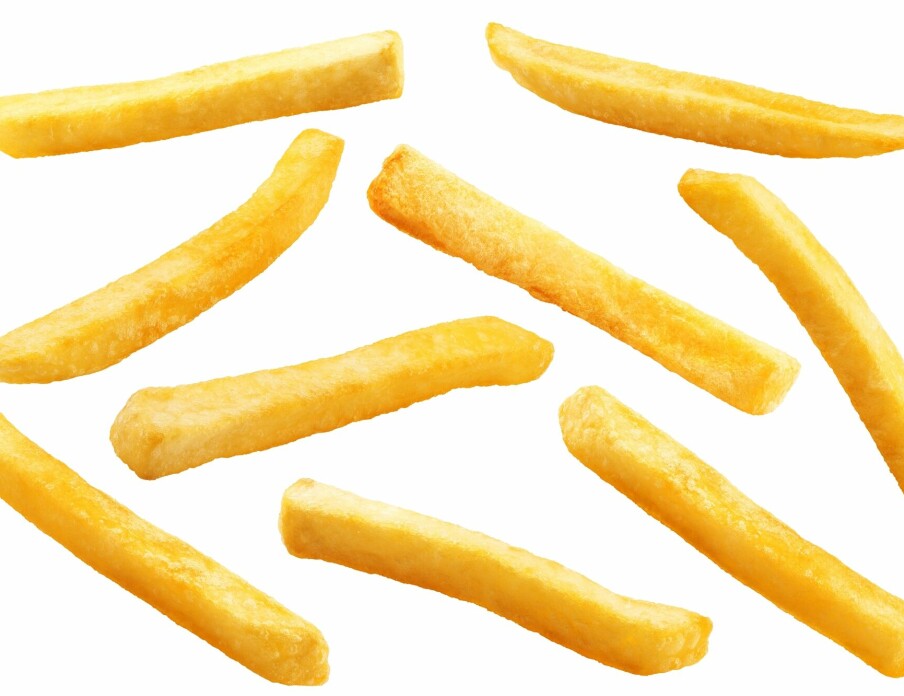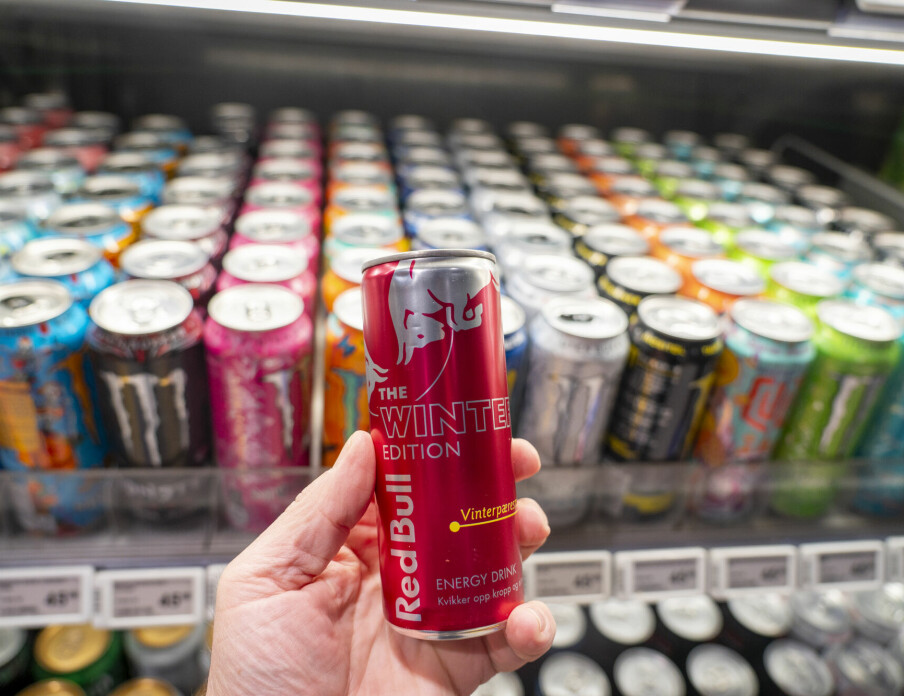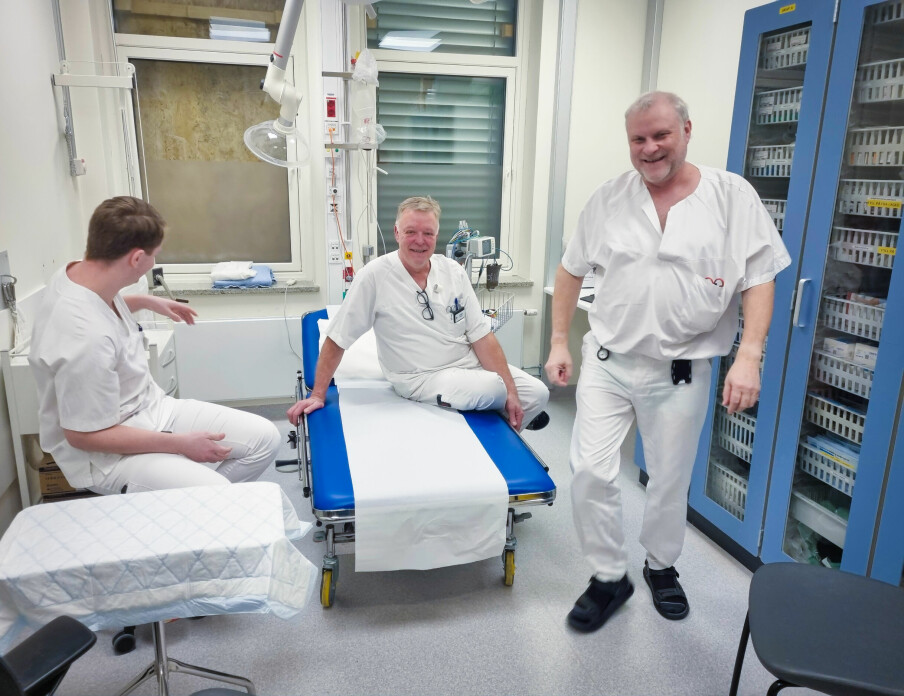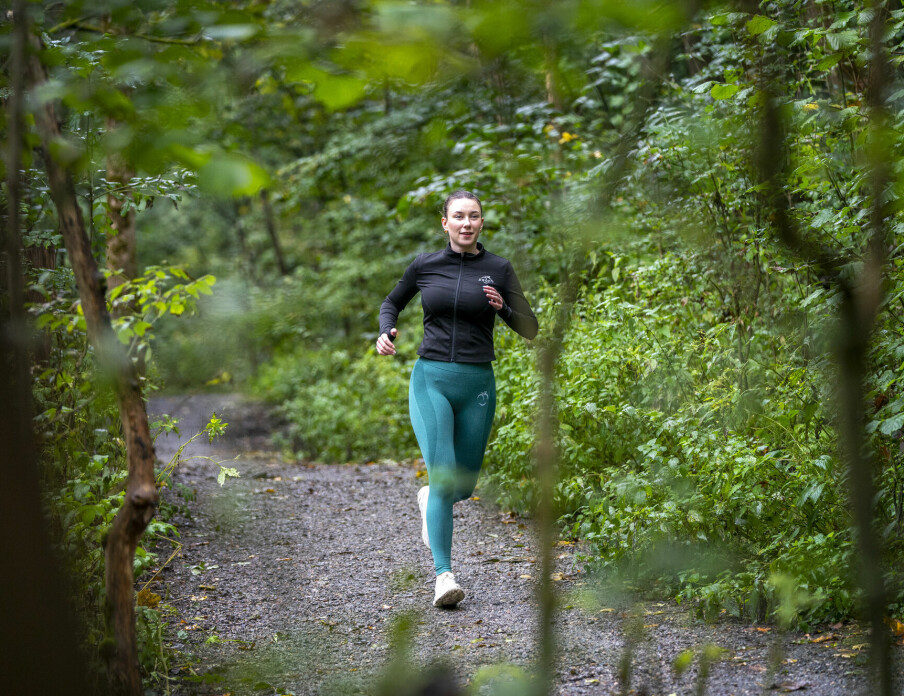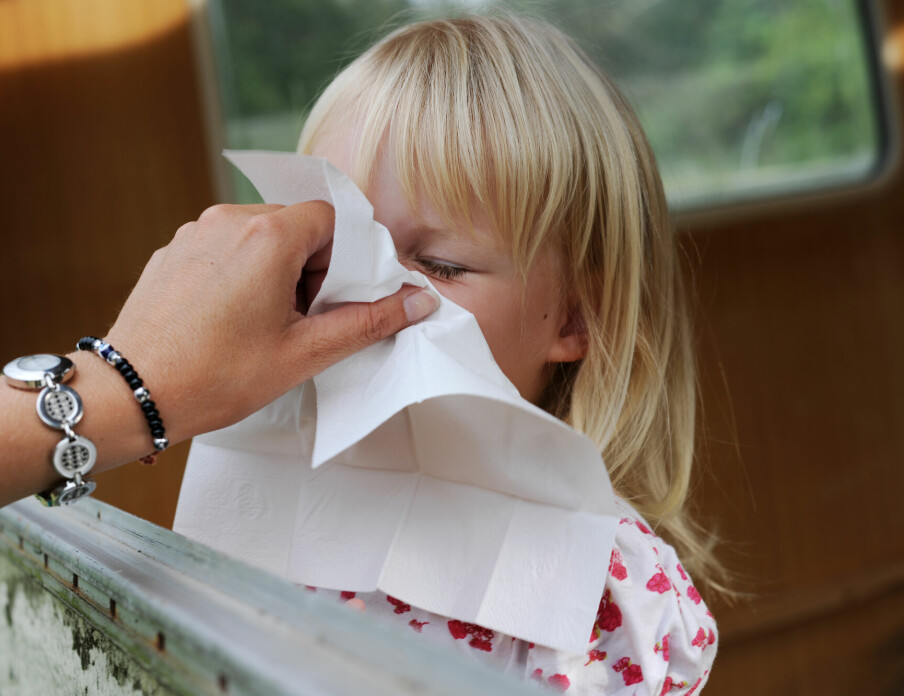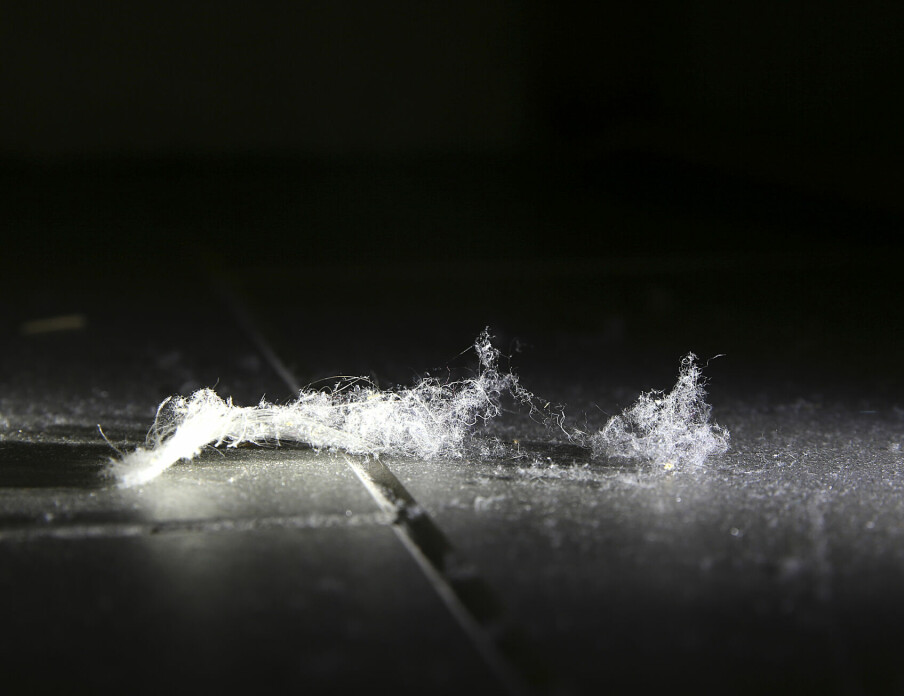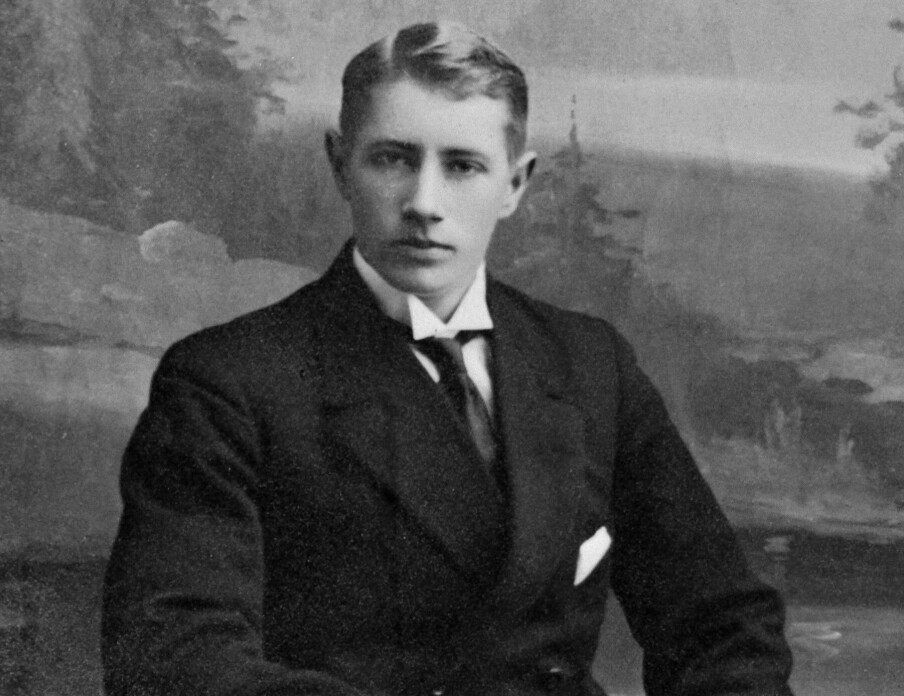Share your science:
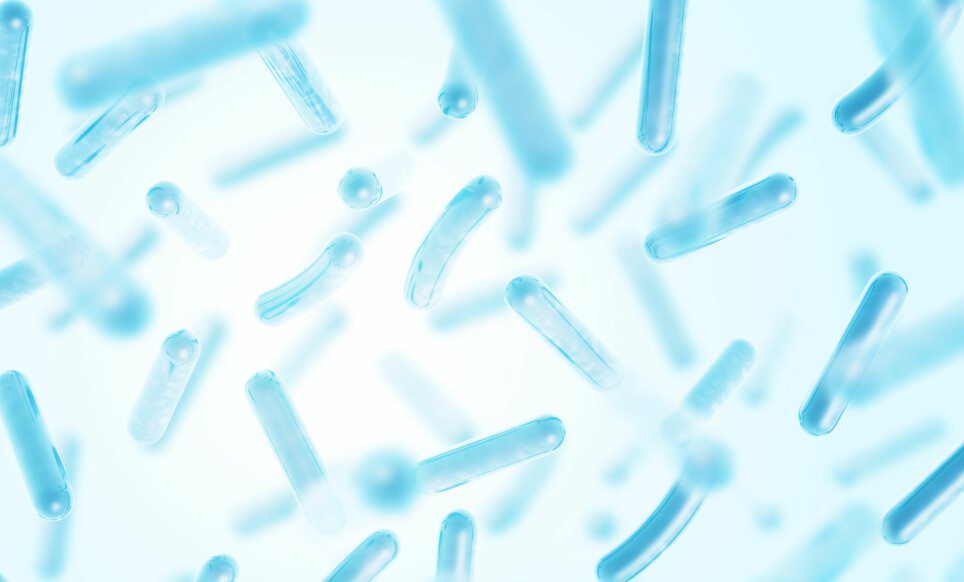
The benefits of probiotics could change the impact of dangerous bacteria in oceans
SHARE YOUR SCIENCE: Bacteria are everywhere. In a world hidden from our eyes, they are the major influencers in the environment and our body. Let’s dive deeper into bacteria roles and benefits.
Do you know that bacteria, microscopic organisms also called germs, are one of the most abundant organisms on earth? They are not only present in the environment, water, soil, air, but also in humans and animals. They are necessary in an infinite number of natural processes. For example, our body is the host of approximatively ten trillion bacteria, most of them found in our digestive system. There, bacteria help to break down food to extract nutrients that can be used to fuel energy for the body.
In aquatic environment, bacteria are the second most abundant organisms after viruses. Bacteria are important to degrade organic matter and make them available for other organisms. They actively help the transfer of carbon, nitrogen, and oxygen, along with other chemical elements, from dead matter to available food for microscopic algae and aquatic plants. Similar action is also observed on land from soil to plants.
When you hear about bacteria, what is the first thing you think about?
Well, that they are not so good and that they can be dangerous for us. However, it is not always the case, and we may benefit more from them in the future.
Pathogens: When useful turns harmful
In general, bacteria are harmless and do not normally cause problems. However, some bacteria develop a range of weapons to strive in an environment and affect it: they are called pathogens. A pathogen is an organism that will cause a disease and need a host to survive. For humans, several bacterial diseases are widespread. Escherichia coli is probably the most well-known, causing intestinal disease. Staphylococcus aureus is also causing problems in hospitals due to its resistance to treatment. Antibiotics is used to treat bacterial disease. However, a concerning problem of pathogens is that a certain number of them become resistant to antibiotics. Bacterial diseases do not only affect humans, but also animals.
Several bacterial pathogens have been responsible for problems in aquatic ecosystems in the last decades. The impact of a single pathogens can lead to catastrophic effects. In 2017, two million salmon smolts died in Western Norway due to the bacterium Yersinia ruckeri responsible of the enteric red mouth disease. Thanks to water disinfection (chemical or physical) and water quality control, such infections rarely happen.
But is it good to remove all bacteria when they are important for the environment?
Probiotics: a boost for life
Having a good microflora (bacterial community, for example the gut microflora) is important, it keeps a balanced and healthy environment. Probiotic from the latin “pro” which means “for” and the Greek word “biotic” meaning “bios” or “life”, are bacteria used to help our body, for example to recover after an antibiotic treatment. Probiotics can be added in an environment to help to protect or improve it. It is becoming more common to use probiotics in aquaculture. Since probiotic bacteria have their own weapons and protection, they can fight possible pathogens and protect animals from it. Probiotics also improve animal health by decreasing stress and help reproduction. Probiotics have it all! In addition, in recirculating aquaculture systems, where the water cycle is closed, bacteria can promote active degradation of waste and in this way improve water quality over time. The wide range of effects on the environment and animal makes probiotics an attractive solution in aquaculture. They are applied to different production like shrimp aquaculture in Asia and Pacific Ocean, Rainbow trout or Atlantic salmon. But probiotics are not a treatment, they are more effective as a prevention and recovery methods. As aquaculture production is one of the solutions to increase the global food distribution (as the global population is rapidly increasing), the benefits of probiotics could change the impact of pathogens.
Aquaculture: how to balance between good and bad?
Water treatment is required to eliminate any potential threat, but bacteria are also necessary to provide the best living conditions for animals. So, how can this work together?
Probiotics are very carefully chosen bacteria. If you combine water disinfection with an added probiotic, a healthy bacterial flora can be obtained. Aiming for a good balance would be a profitable solution, where we protect fish health by adding beneficial bacteria while removing pathogens. Furthermore, fish quality and health will be improved and less disturbance during production can be expected.
However, theory is easier to imagine than practice. Since a number of other factors needs to be taken into account such as the chemical water quality, as they might influence the development and the presence of bacteria in a specific environment.
In conclusion, bacteria can be very good allies in the environment since they can prevent pathogens to develop. It will be interesting to see how bacteria and probiotics will influence aquaculture practices in the future.
Share your science or have an opinion in the Researchers' zone
The ScienceNorway Researchers' zone consists of opinions, blogs and popular science pieces written by researchers and scientists from or based in Norway.
Want to contribute? Send us an email!







